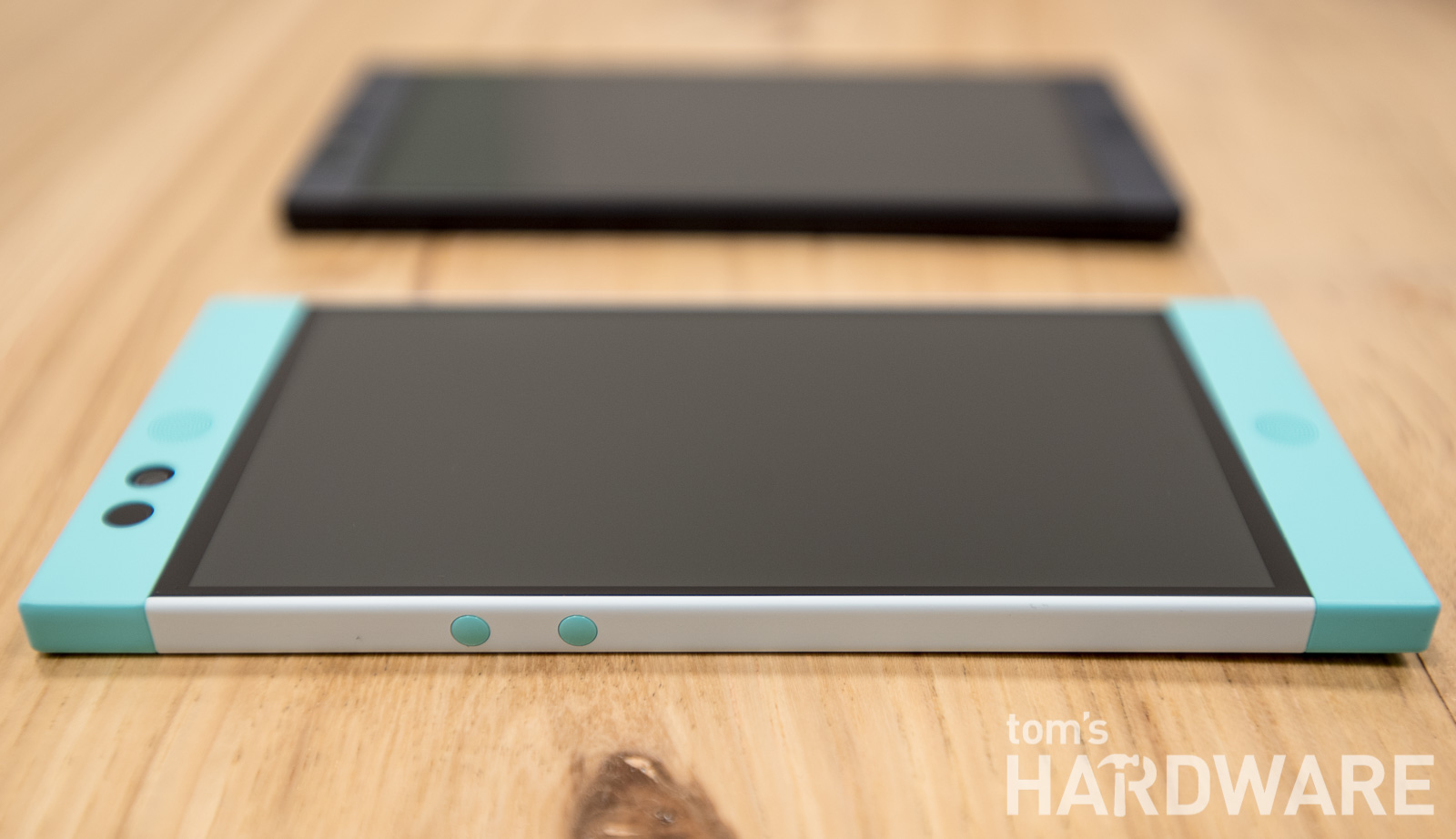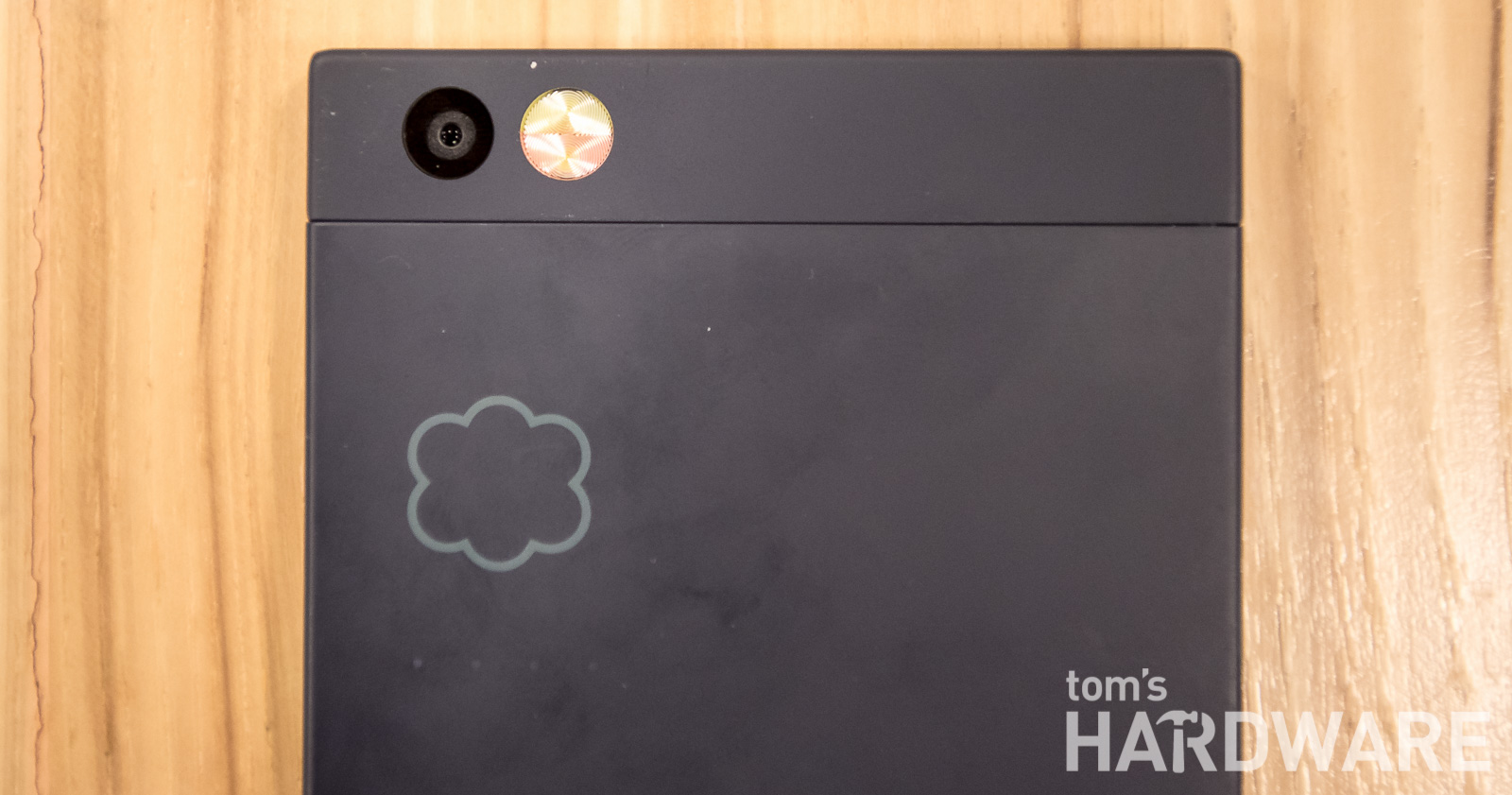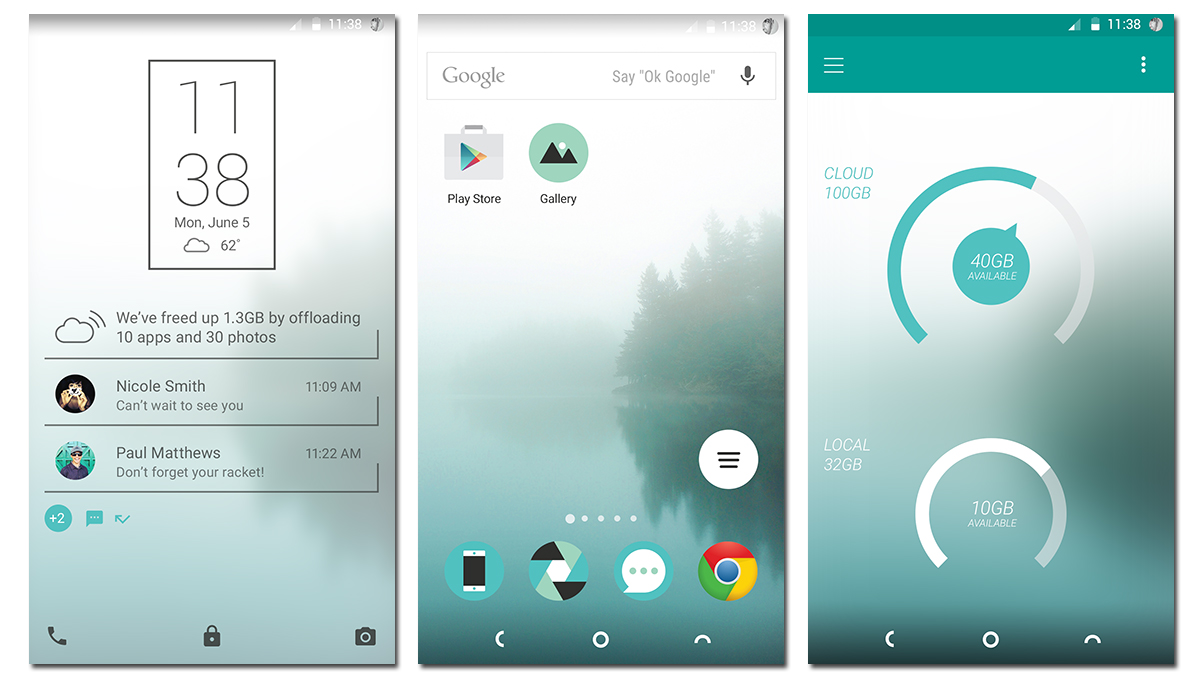Nextbit's Eric Lin Details 'Robin' Smartphone Hardware, Software (Video)
Kickstarter fatigue is a real thing, for both consumers and the media. While there have been some stunning crowdfunded successes (for example, the Oculus Rift), there have been just as many, if not more, failed projects and too many broken promises. In fact, Nextbit told us that when it launched its campaign for its Robin smartphone, there were media outlets who refused to cover it simply because it was on Kickstarter – they’d been burned too many times before.
It would appear that we can notch Nextbit one of the crowdfunding success stories, because the company began shipping its Robin smartphone to all 3,611 of its backers, right when it said it would. If you weren't one of the early believers, you can order you own starting February 18 at 7am PT.
Smartphone Industry Veterans
Although we’ve already met with Nextbit and looked at the Robin, we recently got a chance to chat with one its industry veteran employees, Eric Lin, HTC's former Product Strategy Manager. In our video interview, Lin was able to give us some unique insight as to why the Robin is such an interesting device in the great ocean of "me too" smartphones and goes over both its hardware and software in great detail.
Lin also explained to us that because Nextbit didn’t specifically need the funds from the campaign to build the Robin, it used the campaign more to build awareness of the phone and the company. Nextbit used it to gather feedback from its backers, that, for example, motivated it to add a CDMA model of the Robin, and later in the campaign there was a poll for a "Kickstarter only" Electric color, chosen from submissions made by backers. You can see that color in our video above.
The San Francisco Aesthetic
Another topic covered by Lin in Part 1 of our video is the Robin's design, and it's certainly one of the most unique smartphones we've ever seen, both in its shape and color choices. He explained to us that the look of the Robin’s design is heavily influenced by Nextbit's geographic location, San Francisco, interpreted by its design chief Scott Croyle.
Lin also goes over the Robin's specs (see below) and the rationale to go with the Snapdragon 808, a chip many might consider "old" for a phone shipping in 2016. His take, simply, is that if Nextbit wanted to ship Robins to customers when it planned to, at the price that it promised, the 808 was the right choice.
Specifications
| Display | 5.2-inch IPS LCD @ 1920 x 1080 (423 PPI), Gorilla Glass 4 |
|---|---|
| SoC | Qualcomm Snapdragon 808 (MSM8992) |
| CPU Core | ARM Cortex-A57 (2x @ 1.82 GHz) + ARM Cortex-A53 (4x @ 1.44 GHz) [big.LITTLE] |
| GPU Core | Qualcomm Adreno 418 @ 600 MHz |
| Memory | 3 GB LPDDR3 |
| Storage | 32 GB onboard / 100 GB online |
| Battery | 2,680 mAh, non-removable |
| Front Camera | 5 MP, Samsung 5E2 sensor |
| Rear Camera | 13 MP Samsung 3M2XXM5 ISOCELL sensor, f/2.2 25.3mm (35mm equivalent) lens, PDAF, dual tone LED flash. 4K video support |
| Connectivity | Wi-Fi 802.11a/b/g/n/ac (2.4 and 5 GHz dual-band), Bluetooth 4.0 LE, NFC, 4G LTE Cat 4, USB 3.0 Gen1 SuperSpeed (5 Gbps) with Type-C connector |
| Special Features | Dual front-facing stereo speakers, fingerprint scanner, Qualcomm Quick Charge 2.0 |
| OS | Android Marshmallow with NextBit Smart Storage Solution |
| Materials | Aluminum, Plastic (glass-filled polycarbonate) |
| Size & Weight | 149 mm x 72 mm x 7 mm, approx. 150g |
The Magic Cloud
Along with its unique design aesthetic, the other important aspect of the Robin, and probably the most controversial, is its Smart Storage Solution. Along with the 32 GB of onboard storage, every Robin comes with 100 GB if online storage. What’s unique about Nextbit’s implementation of this cloud storage is that the Robin intelligently backs up applications and data to the cloud and even removes apps you use infrequently to free up more storage on the phone. Many people seem to be concerned about mobile data usage and how data is secured in the cloud. Lin addressed these concerns head-on and in detail in the second part of our interview below.
Get Tom's Hardware's best news and in-depth reviews, straight to your inbox.
What’s important to remember, Lin said, is that the majority of the time all communication with the cloud is done when the Robin is on Wi-Fi, so it won’t eat up your data. The only time it may download something significant over cellular data is if you need to restore an application that has been “grayed” out. Considering that most Android apps aren't too large, that shouldn’t eat up too much data, and Lin also showed us how you can “pin” an app so it is never removed no matter how little you use it.
We Hope You Don’t Like App Drawers
The Robin will be running Android Marshmallow, and although it is closer to stock Android than many other OEM’s implementations of Google’s OS, there is one controversial decision: The launcher does not have an app drawer, using an iOS-style “apps first, widgets second” model. While we’re sure there are some who will be fine with this decision, because it’s Android this can be “fixed” by a quick trip to the Play Store to download an alternate launcher.
Other than the launcher issue, Nextbit’s version of Marshmallow looks just as aesthetically pleasing as the phone’s hardware, and Lin told us that most of its components are separate applications that are updated through the Play Store. This means that there have been very little changes made to the core Android OS, so when Google releases updates, they should find their way to the Robin fairly quickly.
Get Your Robin Shortly
Although there is now quite a variety of respectable midrange smartphones to choose from (such as the just-reviewed OnePlus 2), keep in mind that not many of them come from companies with as much pedigree as Nextbit. The Robin is certainly one of the most unique and attractive phones in recent memory, and despite the fact that we are about to be flooded with 2016’s devices next week at MWC, we’re confident that the Robin’s specs will still be great for a phone at its price point for the foreseeable future.
Its Smart Storage Solution is, well, smart, and even though many users won’t likely fill the 32 GB of onboard storage, having the extra capacity there is peace of mind, especially when it doesn’t add anything to the cost of the phone. Also, although many will not like the app drawer-less launcher, it’s easy to fix, and from what Nextbit has told us, one can expect Android OS updates to appear on the Robin faster than many other OEM’s devices (though not as fast as on Nexus phones, of course).
The Robin will go on sale at Nextbit.com on February 18, 7am PST in Mint and Midnight for $399.
Alex Davies is an Associate Contributing Writer for Tom's Hardware and Tom's IT Pro, covering Smartphones, Tablets, and Virtual Reality. You can follow him on Twitter. Follow Tom's Hardware on Twitter, Facebook, and Google+.
-
rjerrell87 Happy robin hunting tomorrow everyone. I'll be there at launch. Can't wait to get the best looking phone out there.Reply





